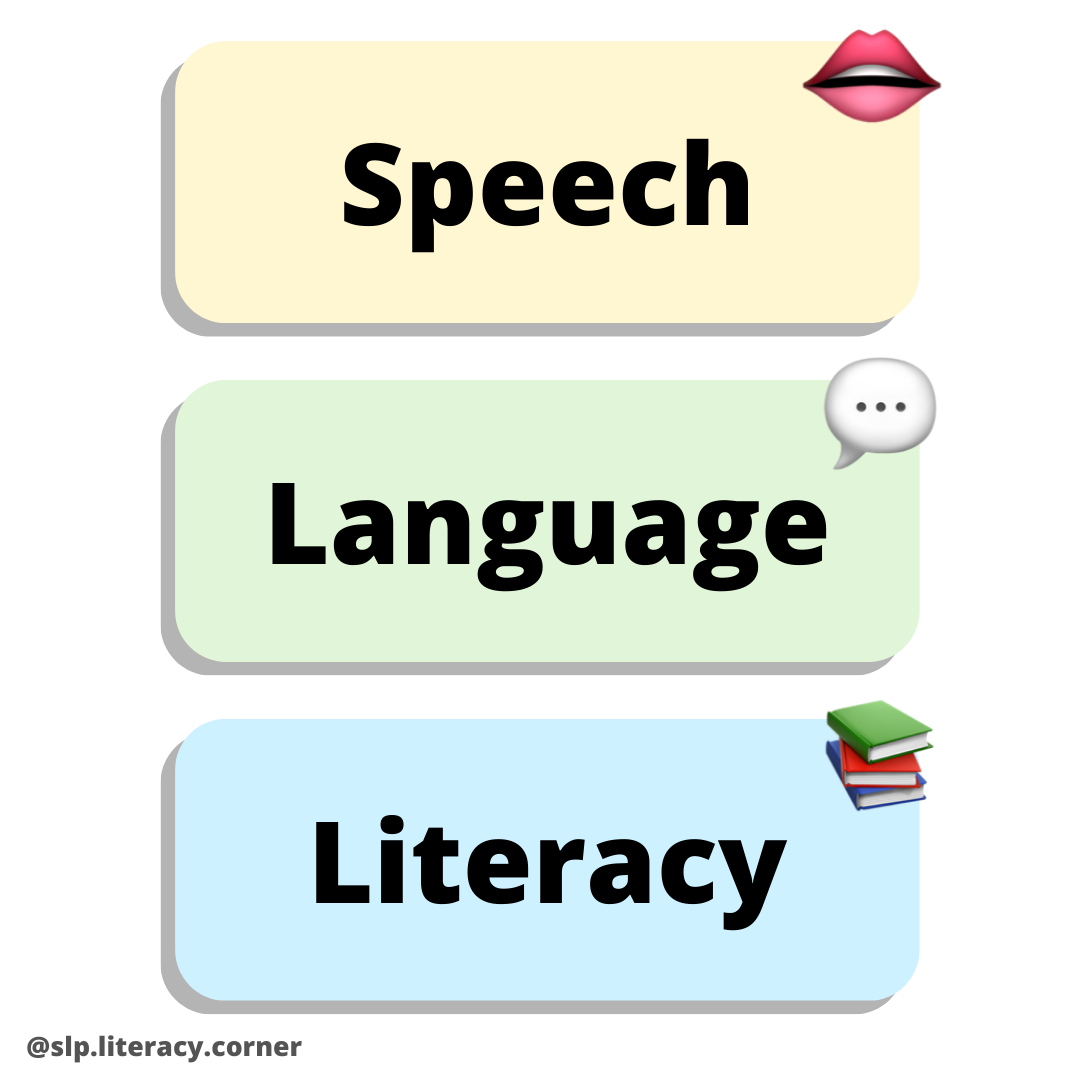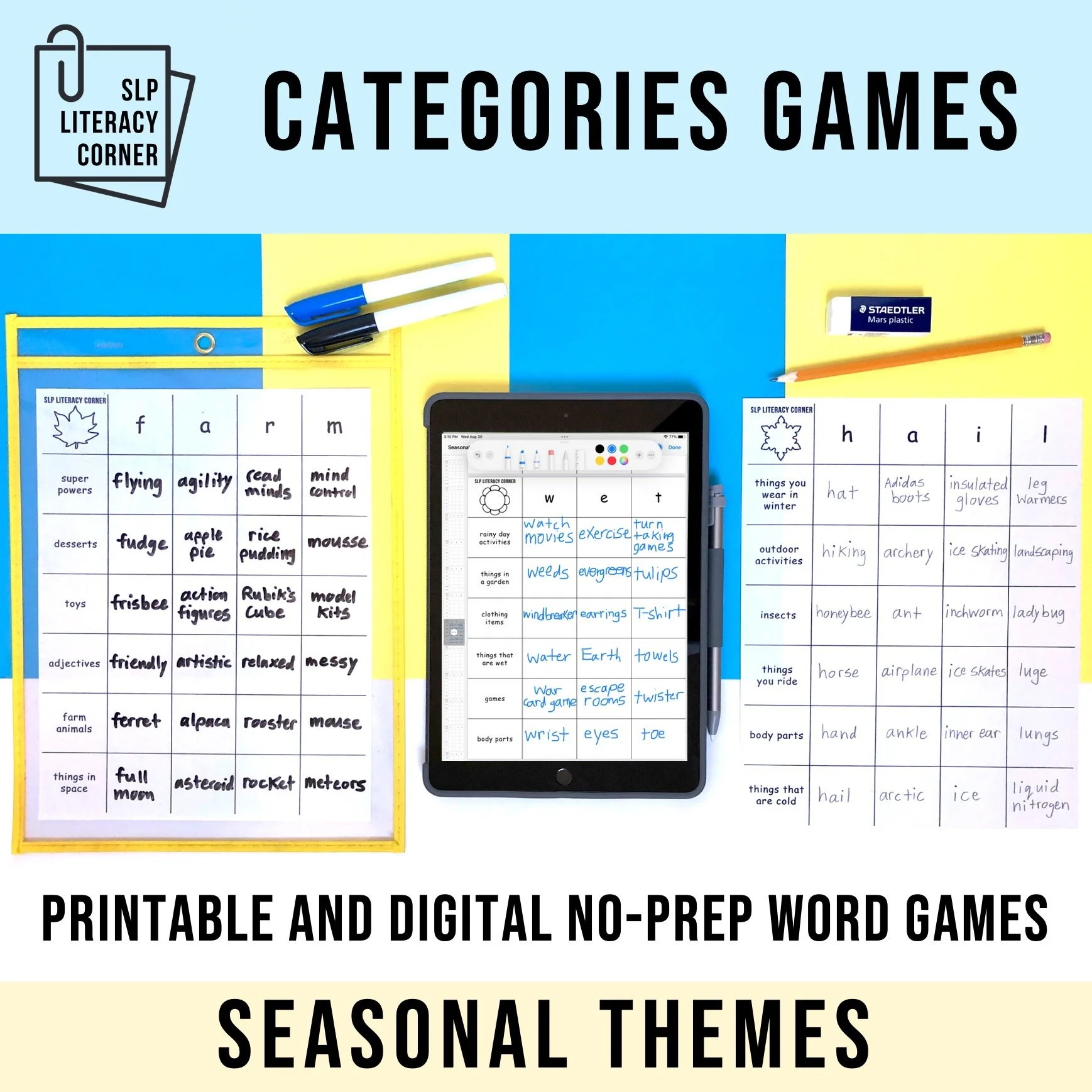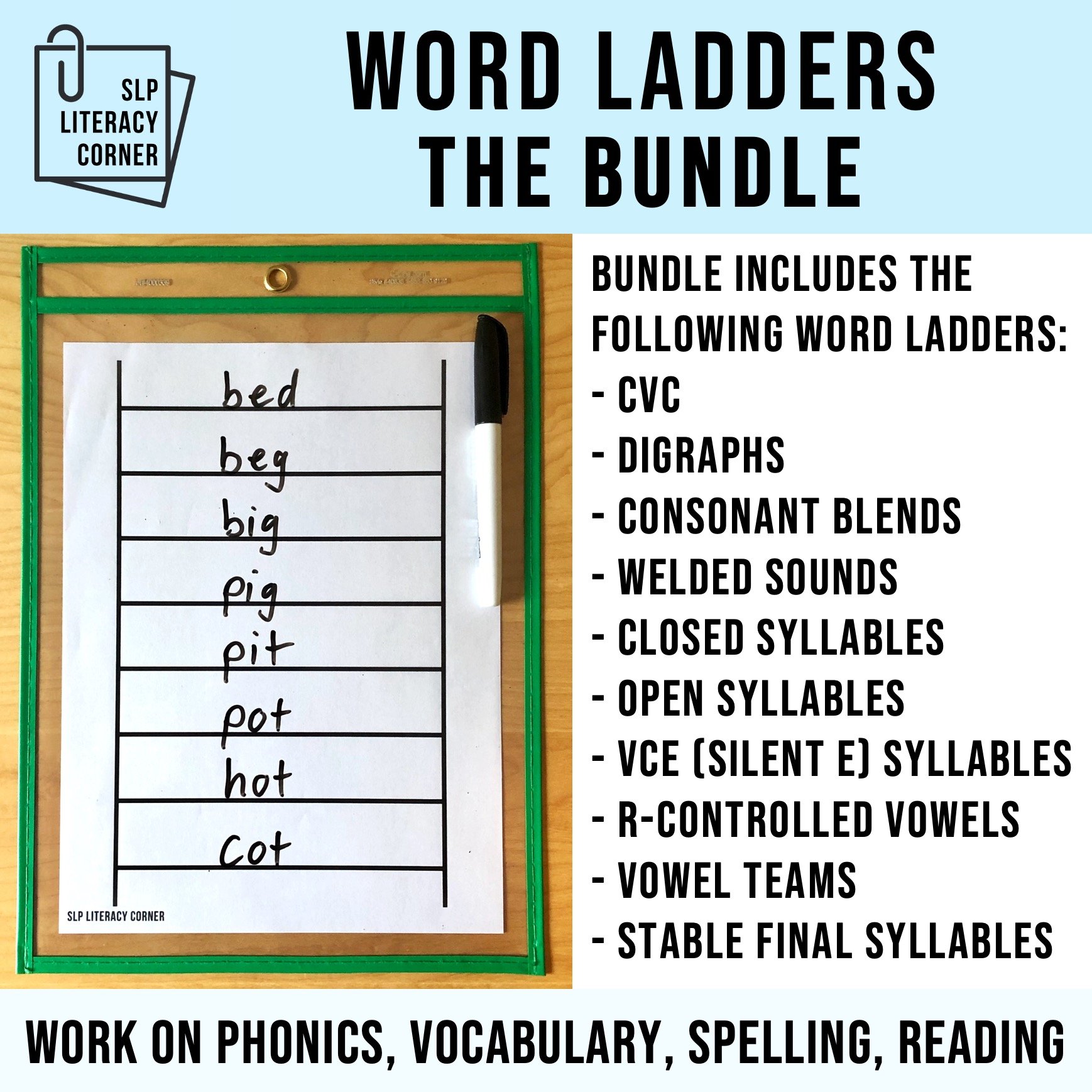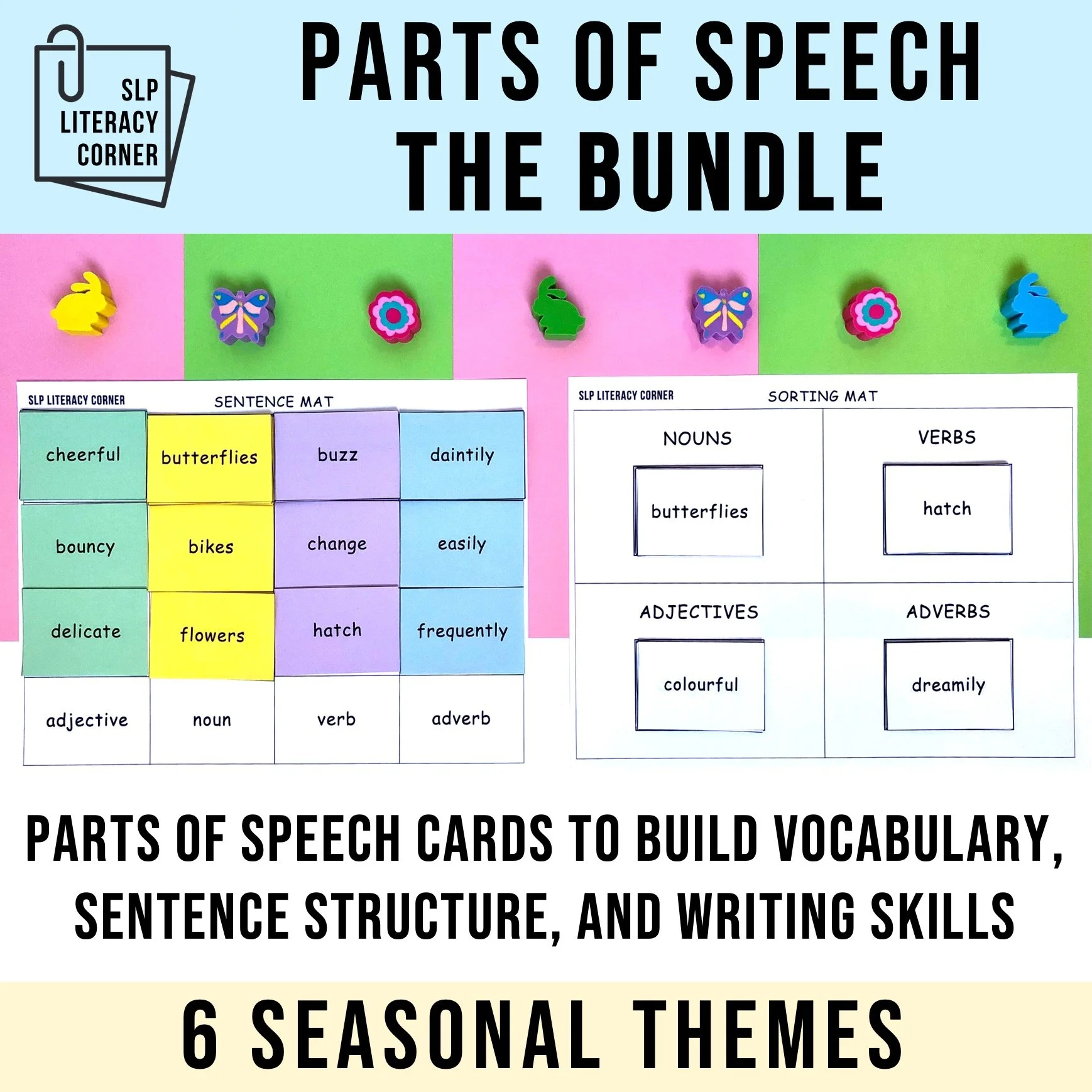Speech, Language, and Literacy
Written by: Brianna Guild, MHSc SLP(C)
Date: May 28, 2025
It’s well established that speech and language shape literacy.
Speech-Language Pathology and Audiology Canada (SAC) states that “Literacy — the ability to read and write — enables us to communicate with others and learn about our world. To develop literacy skills, children first need speech and language skills.”
This blog provides a quick reference to explain key components of speech, language, and literacy, which are all areas of service within the scope of practice for Speech-Language Pathologists.
Speech
Speech is the way we produce sounds and words. It includes:
Articulation: how we use our mouth, lips, and tongue to produce speech sounds.
Voice: how we use our vocal cords and breath to create sound. Our voices can vary in prosody, resonance, pitch, and loudness.
Fluency: the rhythm and flow of our speech. While we sometimes repeat sounds or pause while talking, frequent disruptions or dysfluencies may be a sign of stuttering.
Language
Language involves understanding what others say (receptive language) and sharing our own thoughts, ideas, and feelings (expressive language). It includes:
Phonology: sounds form language.
Morphology: the structure and formation of words; includes recognizing morphemes, the smallest units of meaning in a language (prefixes, roots, base words, suffixes).
Syntax: putting words together; includes understanding grammar rules and recognizing that words form phrases and clauses, which form sentences.
Semantics: what words mean; includes meaning conveyed by single words, phrases, and sentences.
Pragmatics: using appropriate communication in different social situations.
Literacy
Literacy refers to written language skills (reading & writing). It includes:
Phoneme Awareness: identifying and manipulating sounds in words.
Phoneme-Grapheme Correspondences: sounds are represented by letters.
Morphology: the structure and formation of words.
Syntax: putting words together.
Semantics: what words mean.
Orthography: the conventions for writing a language (e.g., spelling, capitalization, punctuation).
Recap and Takeaways
It’s clear that the components of literacy are closely connected to the components of language. The link between oral and written language is well established — they share a reciprocal relationship, where each supports and strengthens the other, contributing to overall language and literacy development from early childhood through adulthood. It is important to remember that oral language is the foundation for learning to read and write!
Join the SLP Literacy Corner email newsletter to get access to exclusive free resources, including handouts with activity ideas for different components of literacy. Sign up here!
Here are some actvities that incorporate speech, language, and literacy:
References:
American Speech-Language-Hearing Association. (2001). Roles and responsibilities of speech-language pathologists with respect to reading and writing in children and adolescents [Position statement]. https://www.asha.org/policy/ps2001-00104/
American Speech-Language-Hearing Association. (n.d.). What is speech? What is language? https://www.asha.org/public/speech/development/speech-and-language/
International Dyslexia Association. (2020). Structured literacy: Effective instruction for students with dyslexia and related reading difficulties. https://dyslexiaida.org/structured-literacy-effective-instruction-for-students-with-dyslexia-and-related-reading-difficulties/
Speech-Language & Audiology Canada. (2023). Language and literacy skills [Fact sheet]. https://www.sac-oac.ca/wp-content/uploads/2023/02/literacy_info_sheet_en.pdf
Speech-Language & Audiology Canada. (2016). Scope of Practice for Speech-Language Pathology. https://www.sac-oac.ca/wp-content/uploads/2023/01/scope_of_practice_speech-language_pathology_en.pdf






